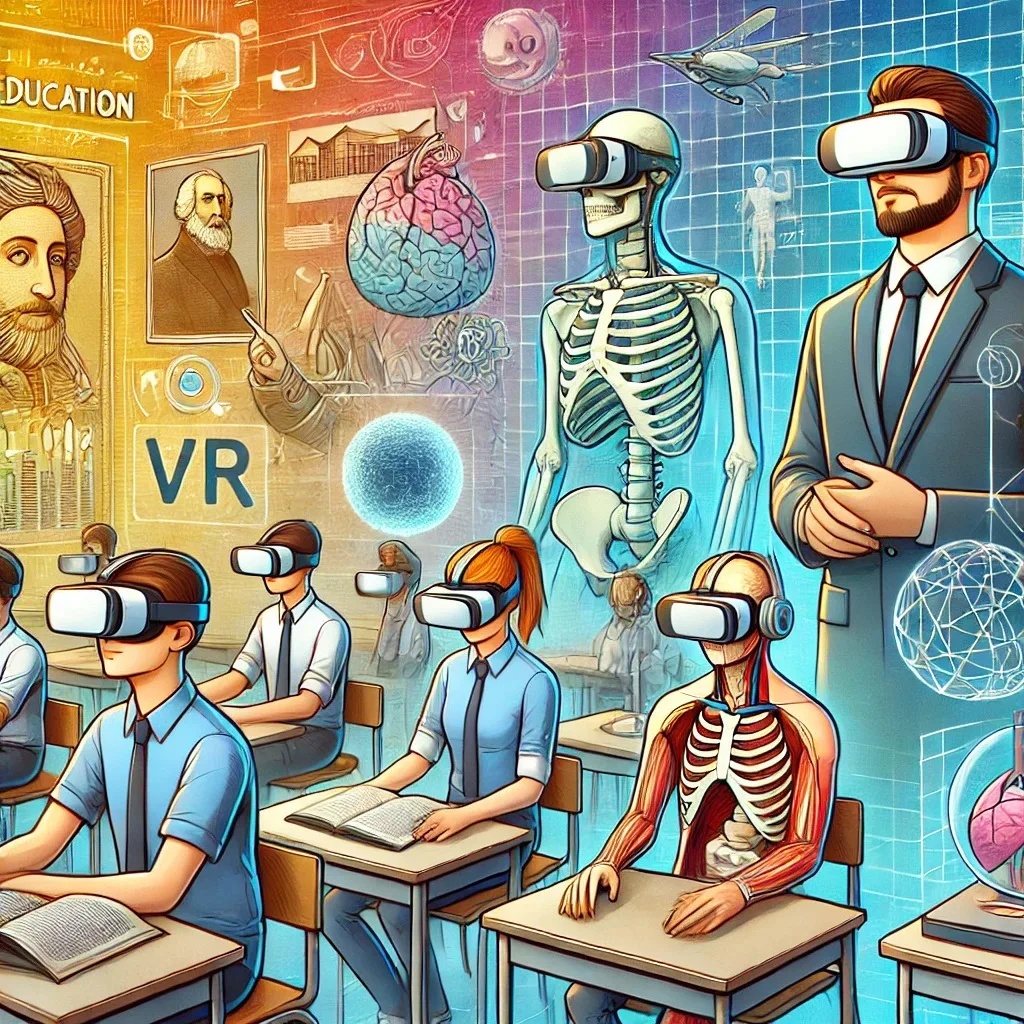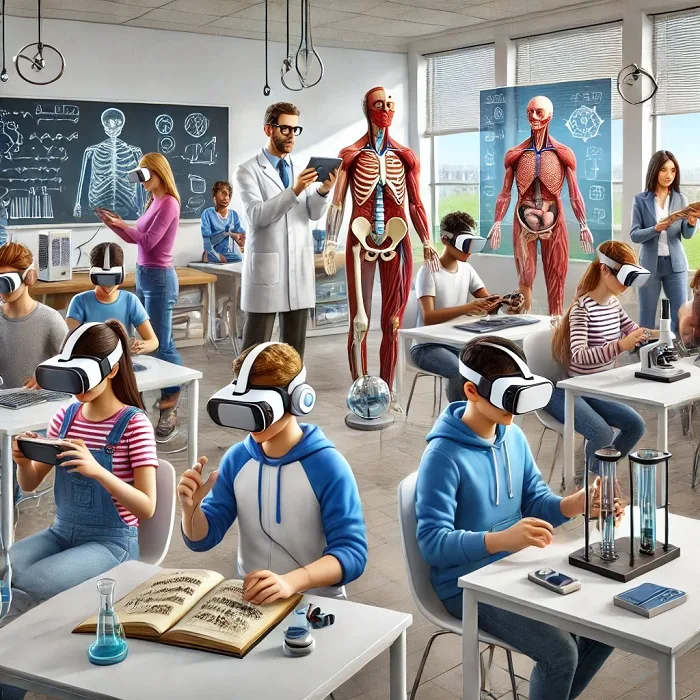Virtual Reality in Education: How VR is Transforming Learning Approaches

Virtual reality (VR) has emerged as a cutting-edge tool in the educational sector, allowing for an immersive learning experience that goes far beyond traditional teaching methods. This revolutionary technology is providing students with new ways to interact with their learning environment, making lessons more engaging and impactful. This article delves into the profound effects of VR on education, covering its benefits, challenges, and the transformative potential it holds for the future of learning.
The Benefits of Virtual Reality in Education
Virtual reality technology brings a wide array of benefits to the educational landscape, making learning more interactive, engaging, and memorable. For students, VR offers a 3D experience that makes theoretical content more tangible, helping to solidify understanding through practice and exploration. For educators, VR opens up possibilities to teach complex or abstract topics in a way that’s visually and interactively accessible to students. Subjects like biology, engineering, and history, which can sometimes seem distant or abstract, come to life through VR, creating a dynamic and engaging learning environment.
With VR, students can conduct simulated lab experiments, go on virtual field trips, and participate in historical reenactments, experiencing content in a way that would be impossible in a standard classroom. These immersive experiences do more than entertain; they engage students’ critical thinking skills, helping them to build connections between concepts and real-world applications. By fostering an active learning environment, VR encourages greater retention of knowledge and sparks curiosity, turning passive learners into active participants in their educational journey.
Enhanced Engagement and Interaction
One of the most notable benefits of VR in education is its ability to create highly engaging experiences that captivate students’ attention. Unlike traditional classroom lectures, where students may be passive recipients, VR immerses them fully, creating a sense of presence that enhances engagement. In a virtual environment, students can explore at their own pace, solve problems interactively, and respond to scenarios as they would in real life. This level of engagement fosters better learning outcomes and helps students develop critical thinking and problem-solving skills, which are invaluable in both their academic and future professional lives.
Challenges and Limitations of Implementing VR in Education
While VR offers significant advantages, integrating this technology into education is not without its challenges. The cost of VR equipment and software is one of the primary barriers, especially for schools that operate on limited budgets. High-quality VR headsets and compatible devices can be expensive, and ongoing maintenance costs add to the financial burden. Moreover, educational institutions may need to invest in technical support and infrastructure to ensure that VR setups function smoothly, which can further strain resources.
In addition to financial considerations, VR in education also requires teachers to learn new skills to effectively use this technology in their lessons. Educators need training to integrate VR meaningfully, understanding not only the technical aspects but also how to align VR experiences with curriculum goals. Furthermore, there are health concerns related to prolonged screen exposure, which may impact students physically and mentally, raising questions about the safe and balanced use of VR in classrooms.
Overcoming Accessibility Barriers
Accessibility is a critical issue in the adoption of VR in education. Many schools, especially those in underserved communities, may not have the budget or resources to provide VR experiences for their students. This digital divide risks excluding certain groups of students from the benefits of VR-enhanced learning. However, initiatives are emerging to address this disparity, with partnerships between technology providers and educational organisations aiming to make VR more accessible to all. Subsidised programs and grants for VR education are helping bridge the gap, ensuring a more equitable distribution of these advanced learning tools.

The Future of VR in Education: Transforming Learning Paradigms
As virtual reality technology continues to develop, its potential applications in education are expanding. Emerging advancements in VR are likely to introduce even more realistic and interactive learning experiences. In the near future, we can expect VR to offer not just simulations but also AI-driven interactive lessons that adapt to individual learning styles. This personalised approach to learning could revolutionise the educational system, making lessons more adaptable and suited to students’ unique needs.
VR could also open up new avenues for collaborative learning, allowing students from different parts of the world to engage in shared virtual classrooms. By connecting globally, students gain diverse perspectives and enhance their cultural awareness. Additionally, VR might soon offer real-time translations and accessibility options, making it more inclusive for non-native speakers and students with disabilities. Such features would make VR an invaluable asset in creating a truly inclusive and globally connected educational experience.
Preparing Educators for VR Integration
To realise the full potential of VR in education, it is essential to equip educators with the knowledge and skills necessary for effective VR integration. Teachers play a crucial role in guiding VR-based lessons, ensuring they align with educational goals and facilitate meaningful learning. Training programs that focus on both the technical and pedagogical aspects of VR are essential to empower educators in using this technology effectively. These programs should cover not only the operational aspects of VR hardware and software but also ways to design immersive lessons that enhance students’ understanding and retention of complex concepts.
Moreover, teachers need to understand the ethical and safety considerations of using VR, particularly concerning screen time and potential impacts on students’ well-being. Schools and educational bodies must develop guidelines to ensure that VR is used responsibly, balancing its benefits with the need for safe usage practices. By preparing educators thoroughly, institutions can help ensure that VR is integrated in a way that maximises its positive impact while mitigating potential drawbacks.
